1. Why Visit Ise Jingu?
Ise Jingu is the most sacred Shinto shrine in Japan and is considered the spiritual heart of the nation. Enshrining Amaterasu Omikami, the sun goddess and the ancestral deity of the Imperial family, it has preserved purity, tranquility, and reverence for centuries.
Even those who don’t consider themselves religious feel inexplicably drawn to Ise. Surrounded by deep forest, the sacred atmosphere is something you don’t need explained—you simply feel it.
👀Neighbor’s Eyes
Ise Jingu is overwhelmingly significant to Japanese people, drawing over 8 million visitors annually. Many temples and shrines across Japan even promote visiting their sites “together with Ise” to share in its spiritual prestige.
Within Ise Jingu alone, there are 125 affiliated shrines, including the main shrines, auxiliary shrines, and smaller subsidiary shrines. Choosing which ones to visit—and in what order—can shape a traveler’s unique pilgrimage.
The author recommends this flow: purify your body and mind at Futami, visit Geku on the same day, and greet the dawn at 5 a.m. the next morning at Naiku. Visit each auxiliary shrine within the grounds for a deeper spiritual journey.
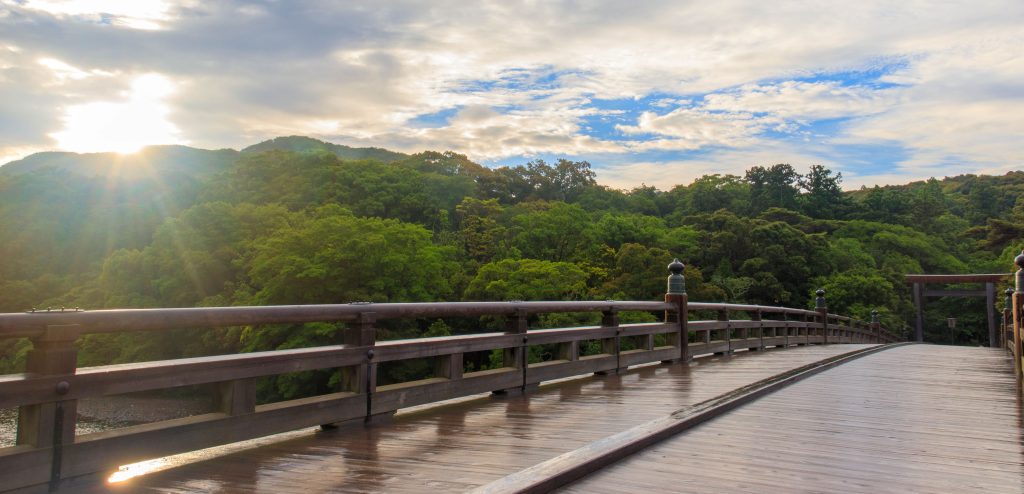
2. Hama-sangu – Begin at Futami Okitama Shrine (Day Before)
The first step in an Ise pilgrimage begins at Futami Okitama Shrine, east of Ise City. Known for its iconic “Meoto Iwa” (wedded rocks), this location has long been used for “Hama-sangu,” the ritual sea purification before visiting Ise Jingu.
Pilgrims used to cleanse themselves in seawater before approaching the divine. Today, simply dipping your feet or cleansing at the shrine’s water basin carries the same meaning.
👀Neighbor’s Eyes
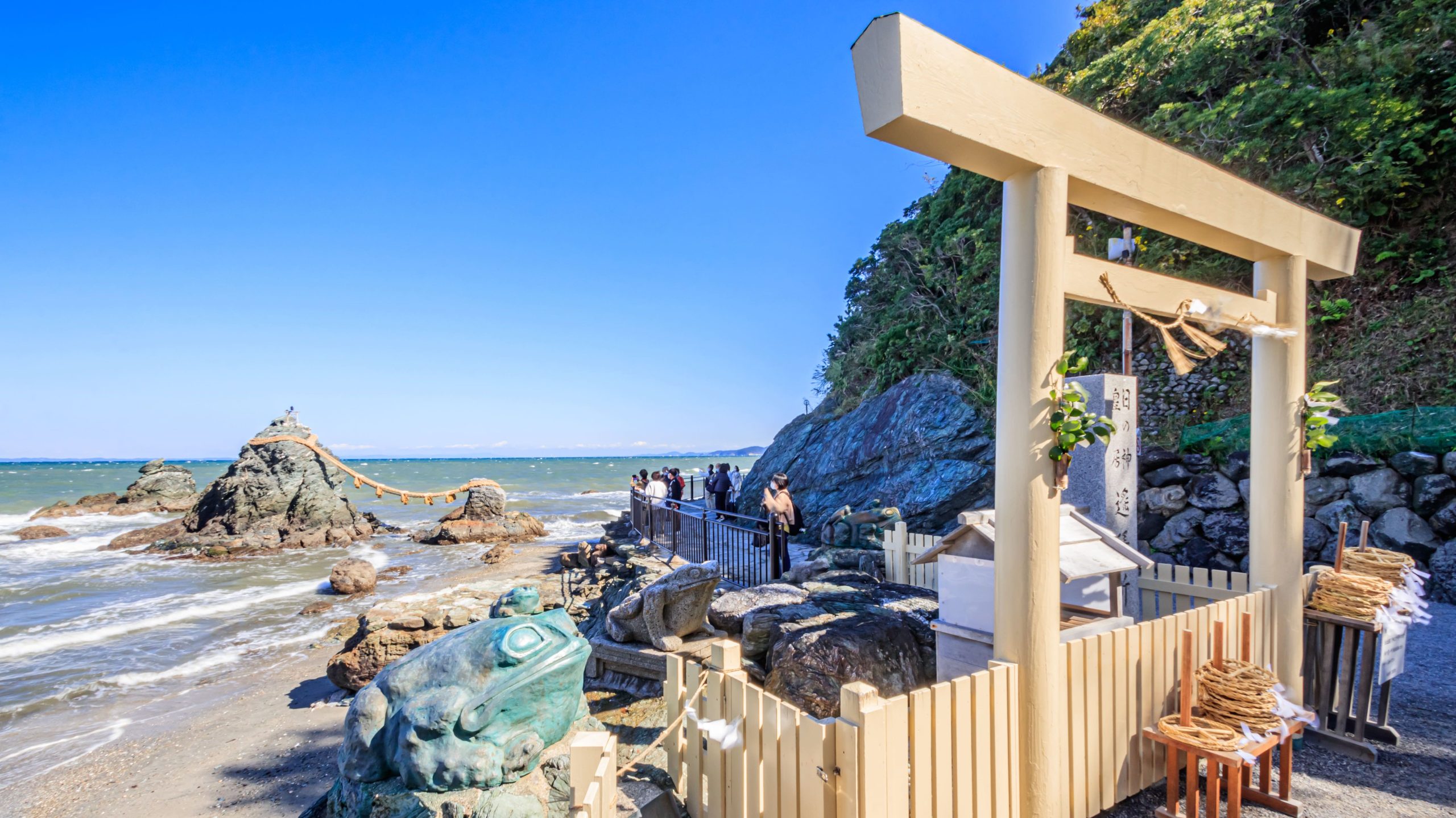
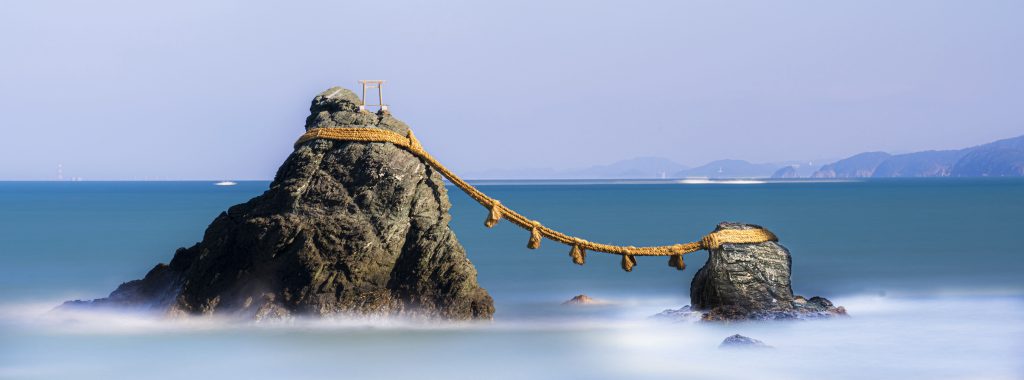
3. From Geku to Naiku – The Proper Order (Visit Geku on Day Before)
Ise Jingu consists of two major shrines: Geku (Outer Shrine), dedicated to “Toyouke Omikami”, guardian of food and daily life, and Naiku (Inner Shrine), dedicated to “Amaterasu Omikami”.
Traditionally, visitors are expected to begin with Geku before proceeding to Naiku—a practice known as “Geku-saki-sai.” This is also strictly observed during official rituals.
👀Neighbor’s Eyes
Each of these auxiliary shrines represents vital forces: agriculture, land, and wind. Together, they express Geku’s role as protector of daily sustenance.
In Shinto, it’s said one should first express gratitude before making any requests. However, among all shrines, Taga-no-Miya is uniquely known as a place where personal wishes may be humbly offered.
Geku

Naiku

4. Welcoming 5 a.m. at Naiku – A Morning Ritual
At 5 a.m., Ise Jingu is not only cloaked in silence—it is also one of the only times when this usually crowded place is nearly empty. Washing your hands in the Isuzu River in the stillness of dawn can feel like the moment your life begins to change.
Be warned: winter mornings are bitterly cold. For weather and comfort, April, May, or October are ideal.
The soft crunch of gravel beneath your feet. The flow of the Isuzu River. The breath of the forest. All guide you into the sacred space.
👀Neighbor’s Eyes
Naiku also has auxiliary shrines. As with all Shinto worship, begin with gratitude. From there, personal prayers are welcomed.
Among them, Aramatsuri-no-Miya is especially known as a shrine where you may make personal wishes. It enshrines the wild spirit of Amaterasu and is revered as a place that receives sincere intentions.
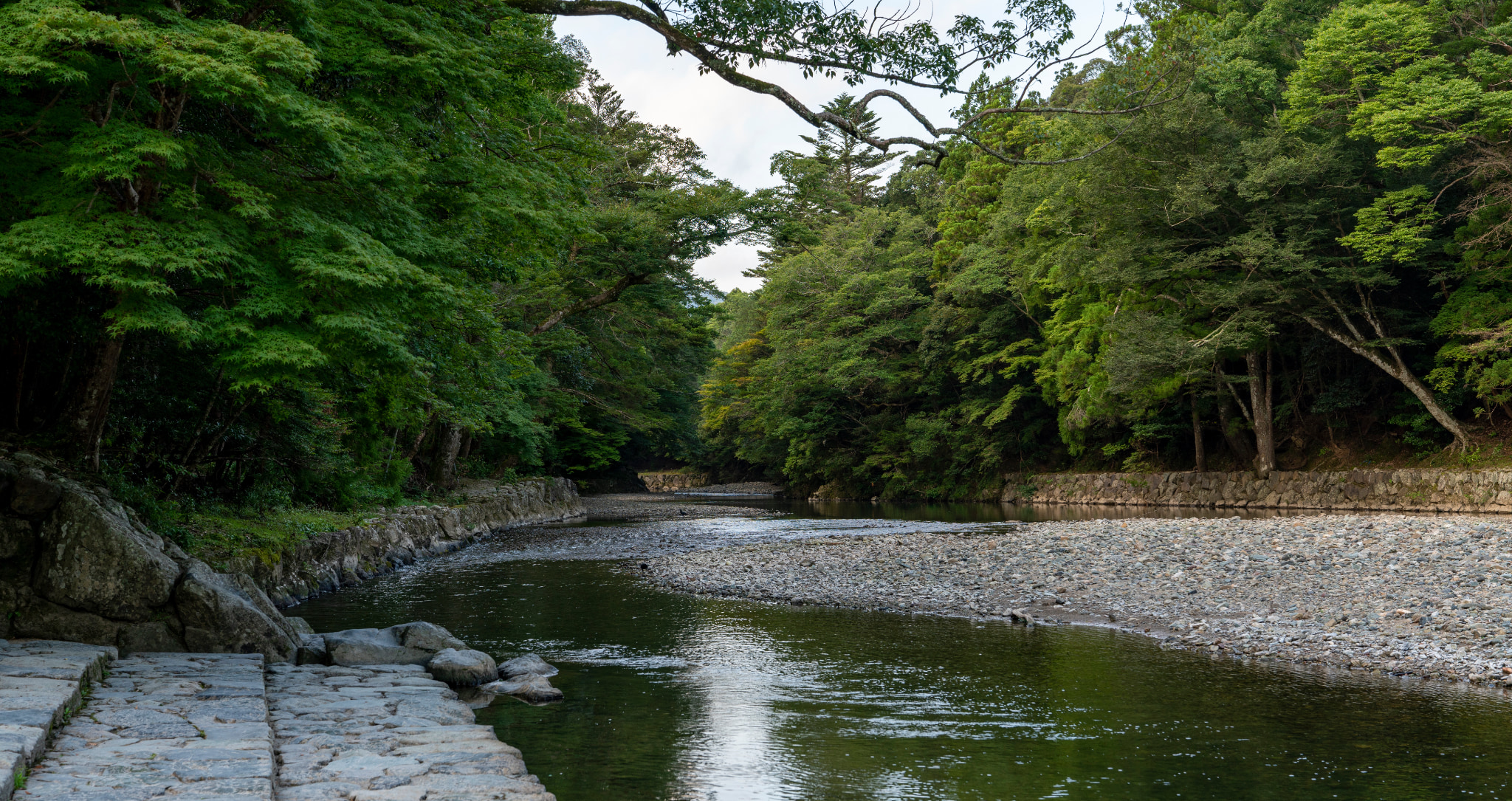
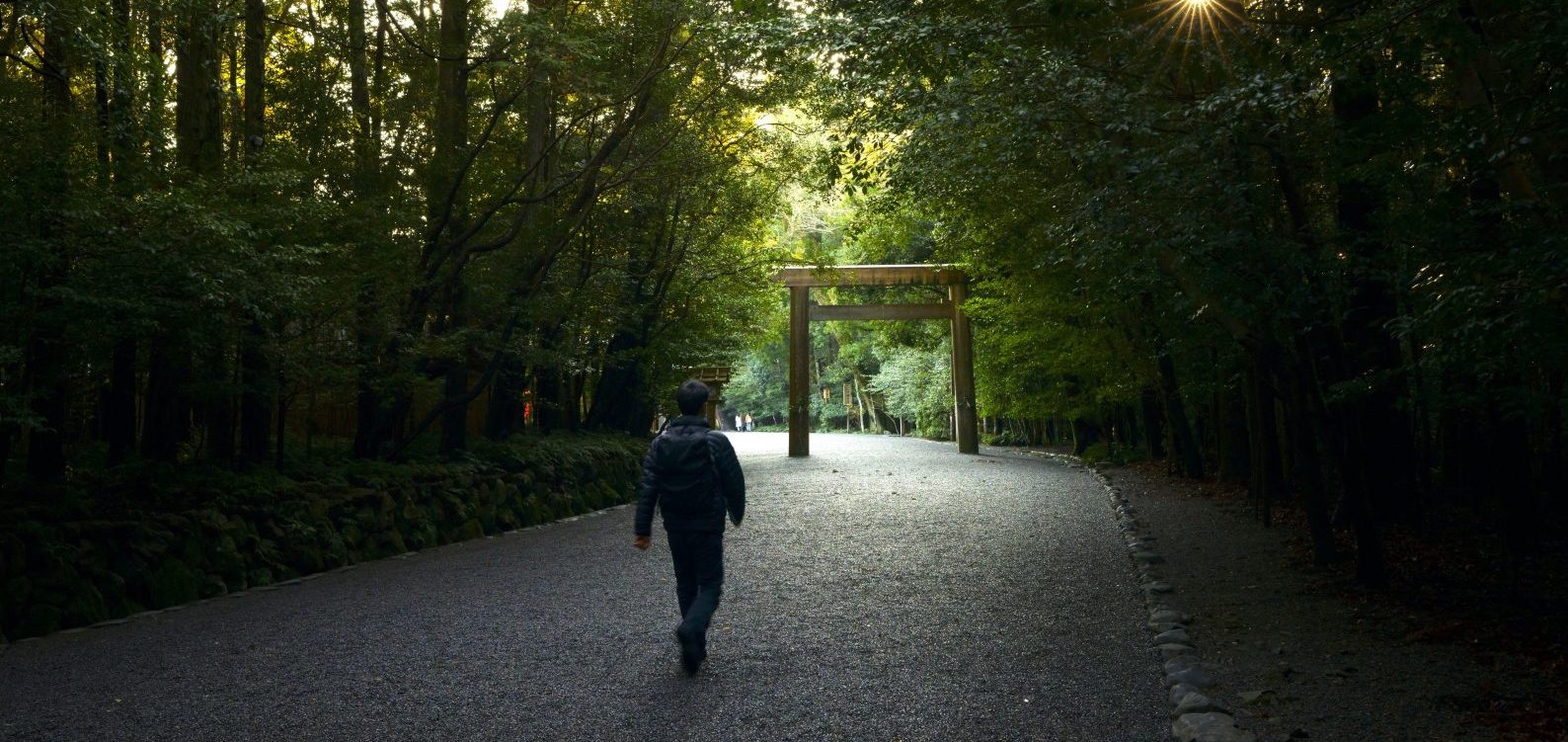
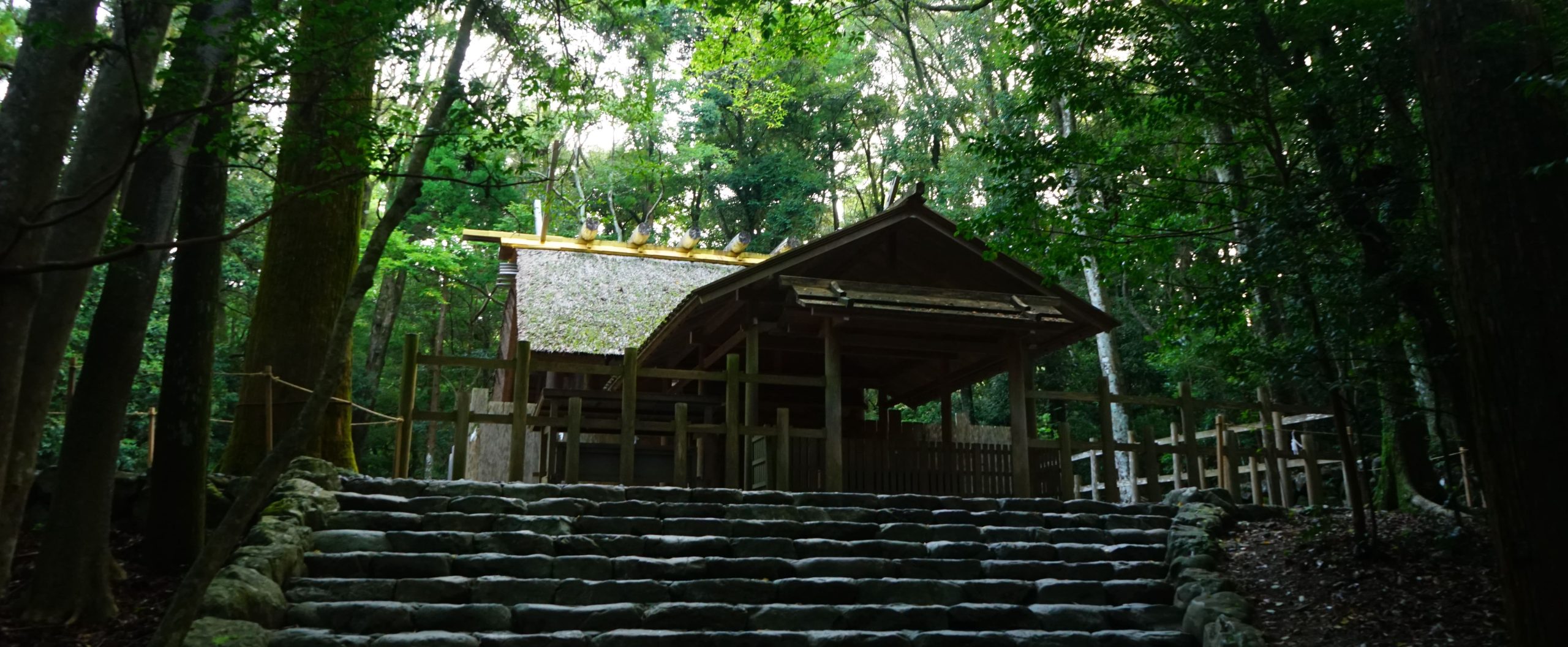
5. A Simple but Sacred Route (Recommended Overview)
The official Ise Jingu website offers estimated walking courses:
Geku 30-min & 60-min
Naiku 60-min & 90-min
Here are two recommended plans from the author:
Plan 1 : For a 5 a.m. visit to Naiku (Stay at Ikyu)
The previous night
Stay in Nagoya or Osaka
Day1
Morning
Visit Futami Okitama Shrine
Day1
Afternoon
Visit Geku
Day2
At 5 a.m
Visit Naiku
return by 7 a.m. for breakfast
Plan 2 : For a 5 a.m. visit to Geku (Stay at Shinsen)
Day1
Morning
Travel from Chubu Centrair or Kansai Airport to Ise
Day1
Afternoon
Visit Futami Okitama Shrine
Day2
At 5 a.m
Visit Geku
then take a taxi or bus to Naiku at 6:30 a.m.
Return to the inn by 9 a.m. for breakfast
👀Neighbor’s Eyes
Ise Jingu has over 125 affiliated shrines. But for your first visit, this route—
Futami → Geku → Naiku— is deeply fulfilling.
Correct order within Geku:
Main Shrine → Taga-no-Miya → Tsuchi-no-Miya → Kaze-no-Miya
Correct order within Naiku:
Main Shrine → Aramatsuri-no-Miya → Kazahinomi-no-Miya
6. Must-Try Local Specialties
After your visit, enjoy these local treats:
Akafuku Mochi:
Soft mochi topped with smooth red bean paste. Since 1707.
Visit the flagship shop—open from 5 a.m.
Ise Udon:
Thick, soft noodles with rich soy-based sauce. Simple yet full of umami.

Other regional delights:
Silken local tofu, Local Ise sake (later in the day), Seasonal sweets from Okage Yokocho

7. Where to Stay
Choosing your inn based on your shrine plan is key :
For a 5 a.m. visit to Geku : Stay at “Ise Shinsen”
– A modern ryokan near Ise Station with onsen and easy access.
For a 5 a.m. visit to Naiku: Stay at “Ikyu”
– A serene retreat on the hillside, just minutes from Naiku.
Also consider :
Traditional inns : Tatami rooms for quiet reflection
Business hotels : Budget-friendly and central (Ujiyamada & Ise Station area)
Final Thought – This Is Not Tourism
A 5 a.m. visit to Ise Jingu is not sightseeing. It’s silence. It’s breath. It’s reflection. You don’t go to “see”—you go to “feel.”
What you bring home isn’t a souvenir—it’s something that quietly remains in your heart. (Though Akafuku is a welcome bonus.)
Ise Jingu draws more worshippers than any other shrine in Japan. Despite not being in a major city, people make the journey because Japan is still seen as a “land of the gods”—and Ise stands at the top.
“Once in a lifetime, visit Ise,” people used to say. As a child, the author didn’t understand. But as a university student, driving out of Osaka in the middle of the night and arriving at Naiku at 5 a.m.—it suddenly made sense.
Since then, I have returned every year.
👀Neighbor’s Eyes #1
The order of worship holds meaning. Start with “Hama-sangu” purification at Futami Okitama Shrine, where you cleanse yourself with seawater. Then visit the Outer Shrine (Geku) before heading to the Inner Shrine (Naiku) the following morning. This sequence is the most dignified and spiritually resonant way to pay your respects.
👀Neighbor’s Eyes #2
While many highlight the sunrise over Meoto Iwa, the author recommends something deeper—standing at Naiku at 5 a.m. in stillness. That moment is incomparable.
👀Neighbor’s Eyes #3
Geku is a short walk from Ise Station and makes a perfect visit before your overnight stay. Within the Geku grounds, the proper order is:
Main Shrine → Taga-no-Miya → Tsuchi-no-Miya → Kaze-no-Miya.
👀Neighbor’s Eyes #4
Photography is prohibited near the main sanctuary—but the experience will stay with you.
👀Neighbor’s Eyes #5
Both Ikyu and Shinsen are renowned for their cuisine. A meal after a heartfelt prayer will nourish body and soul.
👀Neighbor’s Eyes #6
The Deeper Mystery of the Moto-Ise Shrines For those who want to go beyond Ise Jingu’s grandeur and trace its spiritual origins, there is a quiet path few walk—the Moto-Ise Sansha, or “Three Original Ise Shrines.”
Long before Amaterasu Omikami and Toyouke Omikami were permanently enshrined in Ise, they are said to have been worshipped at these three sacred places in present-day Yosano, Kyoto Prefecture:
Moto-Ise Naiku: Kōtai Jinja
Moto-Ise Geku: Toyouke Daijinja
Amanoiwato Jinja – Located near Kōtai Jinja, this shrine is associated with the myth of the heavenly cave where Amaterasu hid herself.
Unlike the main Ise Jingu complex, these sites remain largely untouched by tourism. The silence is not just absence of sound—it is presence. A presence that speaks to the myths of Japan, not through grandeur, but through stillness.
Note: Amanoiwato Jinja is perched atop a steep rocky outcrop. To reach it, visitors must climb a rugged path using a chain bolted to the stone. Sneakers or hiking shoes are essential. But the experience rewards those who make the effort—with solitude, clarity, and perhaps, a whisper of something ancient.
After your pilgrimage to Ise, if you seek an even deeper resonance, these three shrines offer a sacred echo that few ever hear.

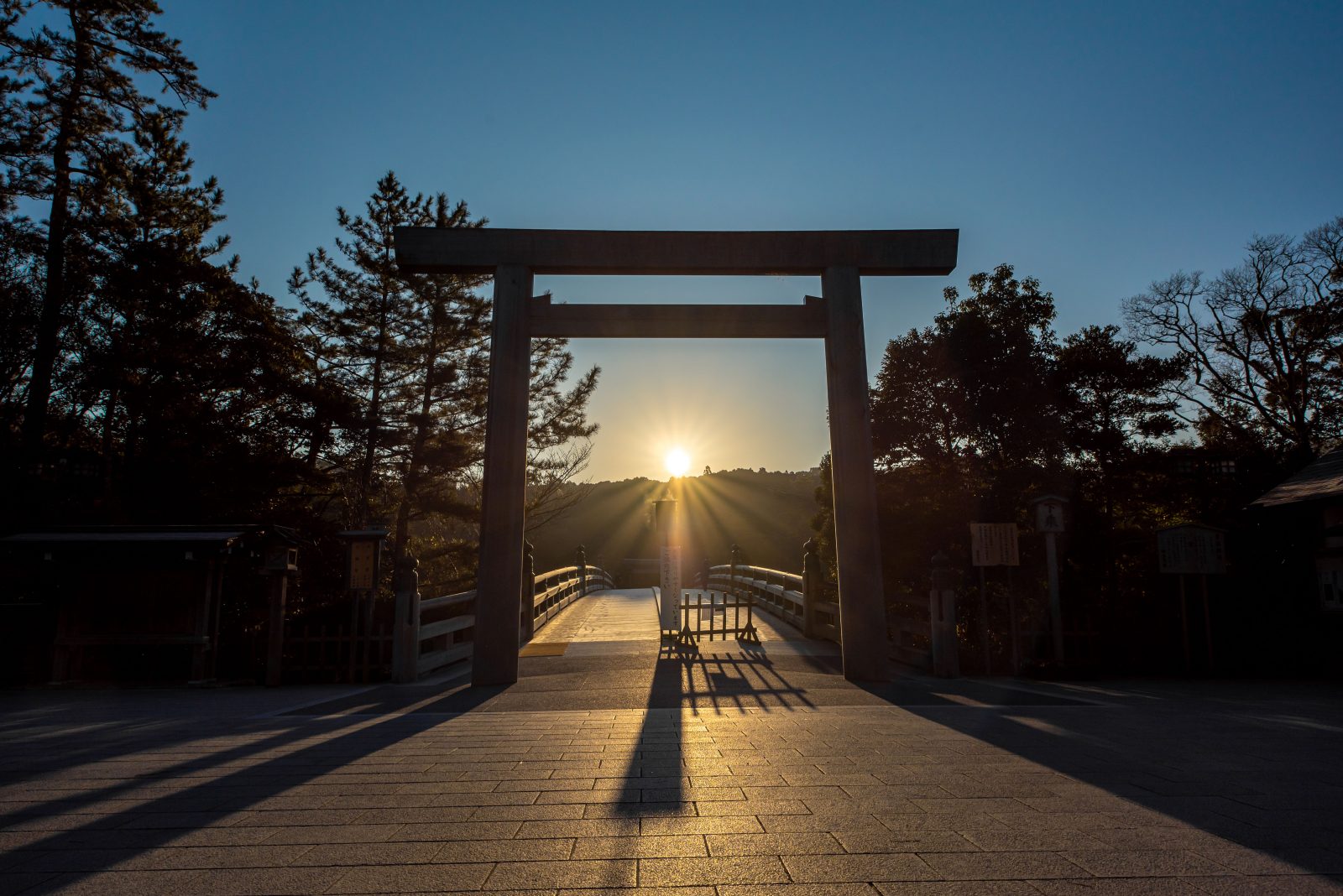
No responses yet